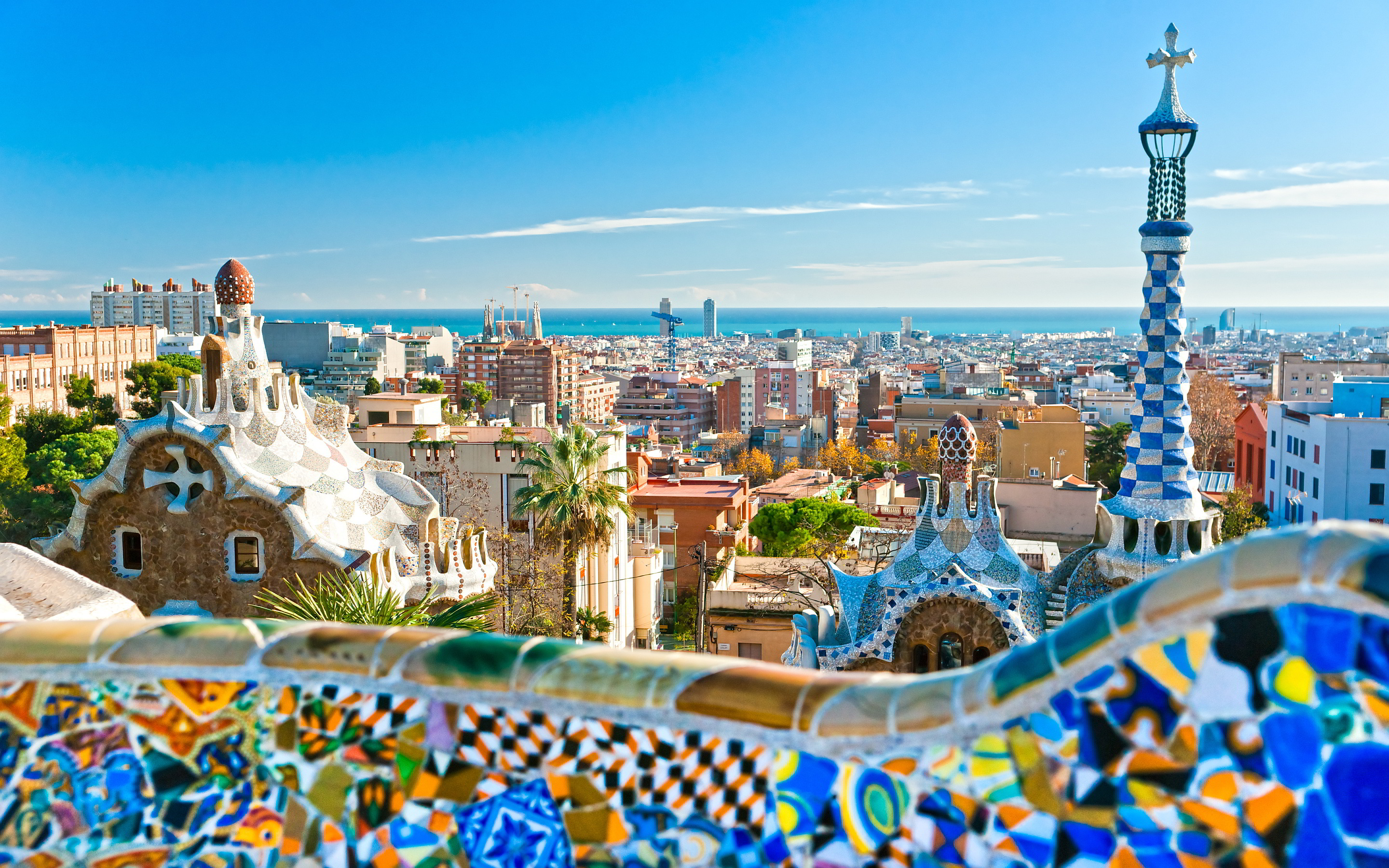Here are two interesting concepts related to this discussion:
- A lot of times, people will say things such as “The beauty of a city is subjective!” To a certain extent, that’s true; it’s also true that how someone perceives a city varies widely from person to person. (I’ve had people tell me that “such-and-such city,” which I think is a total fucking hellhole, is “one of their favorite cities.”) At base level, though, the “beauty of a city” isn’t subjective. You can prove it one way or the other based on tourism numbers. People don’t often get on airplanes to see ugly cities, you know what I mean? On this topic, it’s basically like the whole argument with “Big Data” at a personal-choices-about-travel level: you sit in tons of meetings where people say, “Well, I know the data says this, but the data is subjective!” No, it’s not. It’s actually what people are doing and clicking and trying. That’s the opposite of subjective. If 10 million people visit London and 1 million people visit Zurich (those numbers are made up and wrong), then London is a more popular city than Zurich (can’t argue), and by extension, London is likely a more beautiful city than Zurich (subjective but still a strong argument).
- We’ve gotten really good about making products beautiful (think phones and even planes), but we’re generally not great about developing cities in a beautiful way: We have gotten better at making cities more productive as they get bigger, as noted here, but cities aren’t necessarily beautiful if they’ve been developed (or built out) in the past 20-30 years. (Some people may consider Dubai and company beautiful, but most probably think it’s a bunch of tall buildings in a desert; I’m more inclined to the latter.)
Here’s the video that drives all of this discussion:
And here’s a key article about making cities beautiful.
Let’s dive into the six factors.
Here we go:
- Order and variety
- Visible life
- Compact
- Orientation and mystery
- Scale
- Local
You can probably figure out what all these things mean without a lot of explanation, and you can also probably see why people tend to think most European cities are beautiful (they contain all these things, give or take). For “scale” above, ideal human scale is something that’s five stories high; after that, humans start to feel insignificant. For “Orientation and Mystery,” that’s essentially a reference to making sure humans and cars are prioritized at roughly the same level, give or take. (Big boulevards and/or a mix of large and small streets.)
Interesting thing on “Compact” is that this attitude went out of style for part of the 20th century, which led to the rise of the suburbs. That idea is now (slowly) dying out, and cities like Phoenix — poster children for sprawl — are now finding ways to feel more compact and become more walkable. That’s a good thing, because (as noted in the Slate article) a city like Barcelona (compact) uses a fraction of the energy and infrastructure resources as a city like Phoenix. I realize that’s a dumb argument to make, because Barcelona was built at a time when human’s resources in terms of architecture were more limited, but still. A return to simplicity is always good, be it in cities, user experience, or work-life balance.
Do you agree or disagree that these are the six main traits of a “beautiful” city? Leave it in the comments or hit me with a message.
